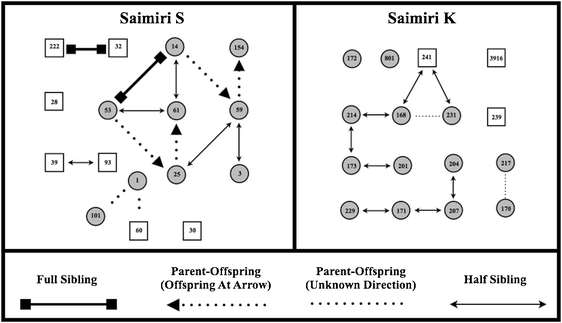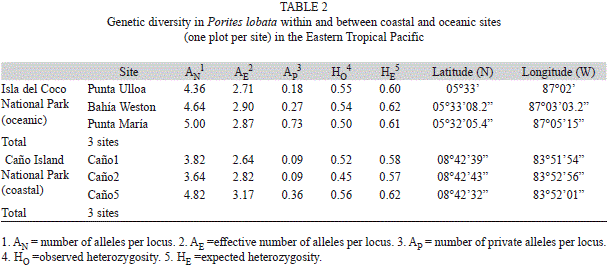

What the chart shows is that low- and middle-income countries increased their emissions at very similar rates.īy default the chart shows the change of income and emission for the 14 countries that are home to more than 100 million people, but you can add other countries to the chart. On a logarithmic axis the steepness of the line corresponds to the rate of change.

The data is now also plotted on log-log scales which has the advantage that you can see the rates of change easily. The chart is a version of the scatter plot above, but it shows the change over time – from 1990 to the latest available data. The chart shows what this meant for greenhouse gas emissions over the last generation. 12 And progress in that direction has been fast: on any average day in the last decade 315,000 people in the world got access to electricity for the first time in their life.īut while living conditions improved, greenhouse gas emissions increased. It also meant that we made progress against the ecological downside of energy poverty: The link between poverty and the reliance on fuelwood is one of the key reasons why deforestation declines with economic growth. In rich countries almost no one dies from indoor air pollution and living conditions are much better in many ways as we’ve seen above. In many ways this is a very positive development. Economic growth and increased access to modern energy improved people’s living conditions. In the last two centuries more and more people have moved from the purple to the blue area in the chart. So far I have looked at the global energy problem in a static way, but the world is changing of course.įor millennia all of our ancestors lived in the pink bubble: the reliance on wood meant they suffered from indoor air pollution the necessity of acquiring fuelwood and agricultural land meant deforestation and minimal technology meant that our ancestors lived in conditions of extreme poverty. The chart here is a version of the scatter plot above and summarizes the two global energy problems: In purple are those that live in energy poverty, in blue those whose greenhouse gas emissions are too high if we want to avoid severe climate change. The more accurate description of the second global energy problem is therefore: the majority of the world population – all those who are not very poor – have greenhouse gas emissions that are far too high to be sustainable over the long run. But in a world where fossil fuels are the dominant source of energy, access to modern energy means that carbon emissions are too high. People need access to energy for a good life. The reason for this is that as soon as people get access to energy from fossil fuels their emissions are too high to be sustainable over the long run (see here). Emissions are high where child mortality is the lowest, where children have good access to education, and where few of them suffer from hunger. In no poor country do people have living standards that are comparable to those of people in richer countries.Īnd since living conditions are better where GDP per capita is higher, it is also the case that CO 2 emissions are higher where living conditions are better. But the world’s energy problem is actually even larger than that, because the world has not one, but two energy problems.īut this comes at a large cost to themselves as this chart shows. To bring emissions down towards net-zero will be one of the world’s biggest challenges in the years ahead. To bring climate change to an end the concentration of greenhouse gases in the atmosphere needs to stabilize and to achieve this the world’s greenhouse gas emissions have to decline towards net-zero.

As long as we are emitting greenhouse gases their concentration in the atmosphere increases. The world’s CO 2 emissions have been rising quickly and reached 36.6 billion tonnes in 2018. In every country where people’s average income is above $25,000 the average emissions per capita are higher than the global average. In countries where people have an average income between $15,000 and $20,000, per capita CO 2 emissions are close to the global average ( 4.8 tonnes CO 2 per year). It shows the per capita CO2 emissions on the vertical axis against the average income in that country on the horizontal axis. This chart here will guide us through the discussion of the world’s energy problem. It is the production of energy that is responsible for 87% of global greenhouse gas emissions and as the chart below shows, people in the richest countries have the very highest emissions.


 0 kommentar(er)
0 kommentar(er)
